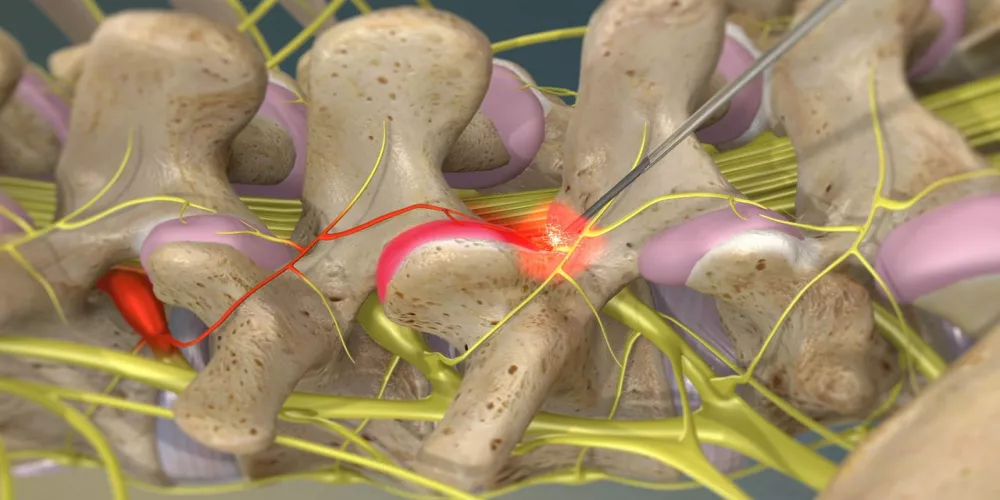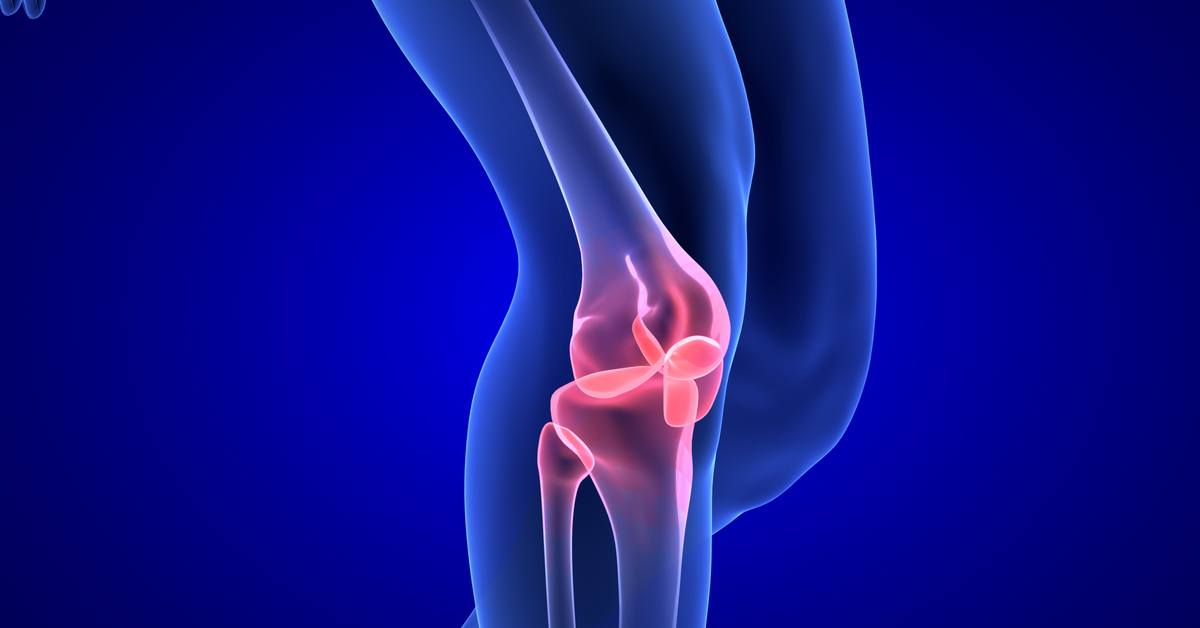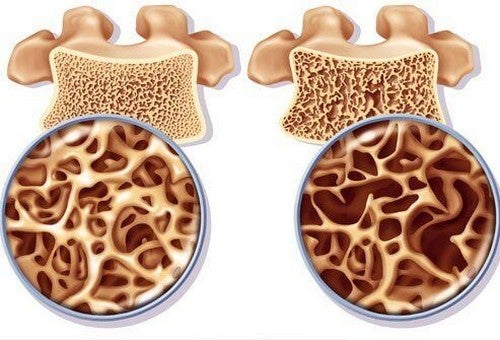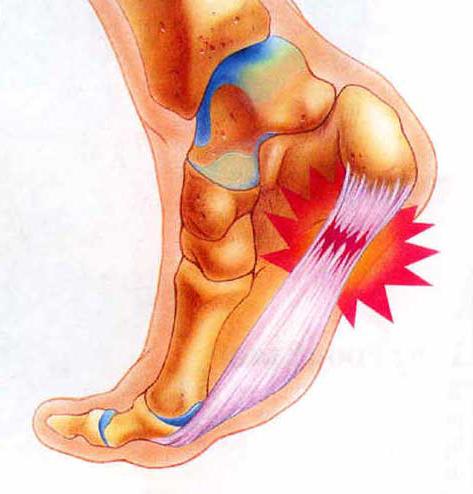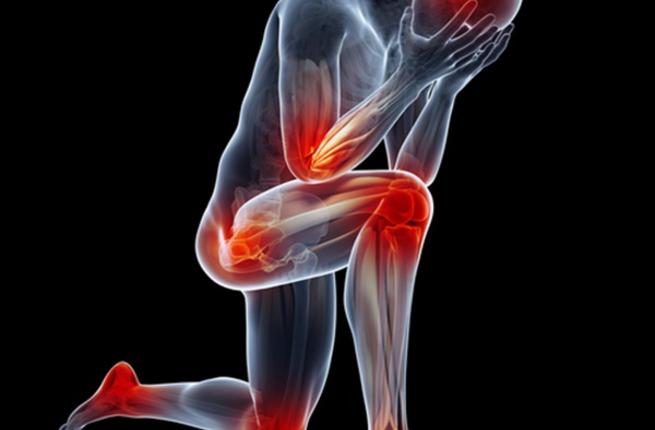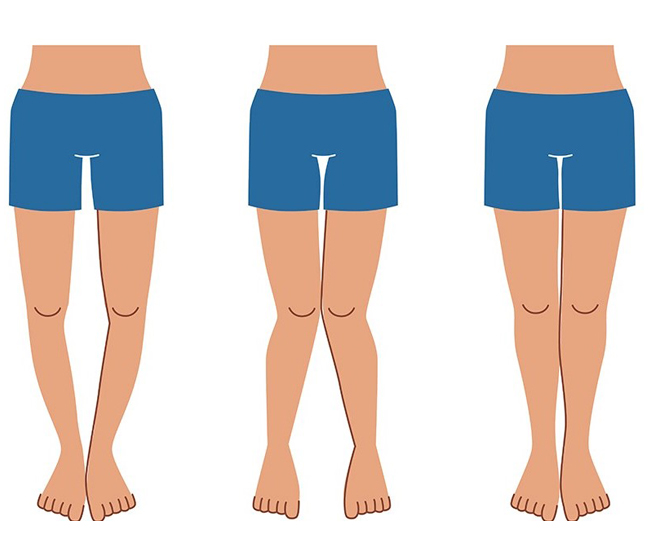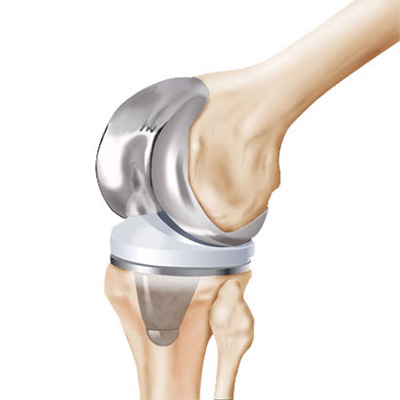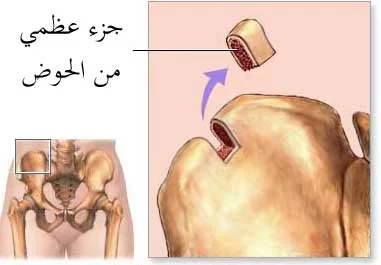Does Arthritis sacroiliac heal?
In the following article, details and information about the sacroiliac joint and how to treat it.
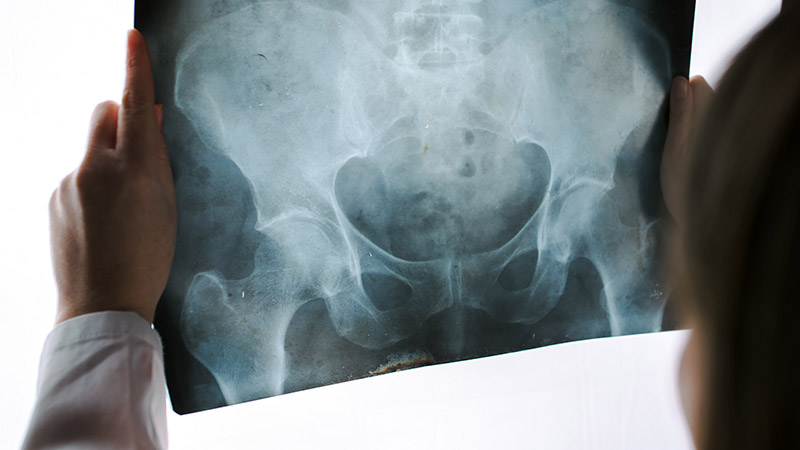
What is the iliac nerve?
There are about 43 pairs of nerves in the body that communicate nerve signals from the brain to the rest of the body and vice versa, and this is the way the body transmits orders to the rest of the parts in it. Therefore, nerves are of great importance in movement, walking, digestion, and many other functions that exist for the organs of the body.
The iliac nerve is one of the nerves located at the bottom of the stomach, and it is one of the lumbar nerves that innervate the abdominal muscles all the way to the anterior abdominal wall, specifically the lower part of it. and change between positions.
What are the symptoms of the sacroiliac joint?
The sacroiliac joint is one of the joints of the body and is located between the sacral and iliac vertebrae in the spine. This two-part favorite can be exposed to inflammation, which causes severe pain in the lower back and buttocks and extends to the legs.
Symptoms of sacroiliitis can appear as follows:
- The presence of severe pain in the joint.
- Difficulty moving the leg.
- The presence of soreness extends to the hip and buttocks.
- Stiffness in the joint.
- Increased pain after long periods of rest.
There are other symptoms, including a high body temperature, which leads to severe pain in the affected part, and these symptoms occur gradually and can worsen into complications in the event that the injured person begins treatment and care to improve the condition of the joint.
Causes of sacroiliitis
A person can be exposed to inflammation of the iliac joint for many reasons that can affect the person’s ability to move or carry out normal activities, especially changing between positions, including standing and sitting, and the inflammation can be the result of wrong activities carried out by the injured person or exposure to a joint injury.
The causes of sacroiliitis can be as follows:
- The occurrence of osteoporosis.
- Gouty infection.
- Spinal injury.
- The presence of damage to the nerves of the joint as a result of an accident.
- Overloading the joint during pregnancy.
- In some rare cases, the joint can become infected.
There are other causes of sacroiliitis related to the daily activity of the patient, including:
- Changing the way pregnant women walk.
- Running long distances and loading on the joint.
- Sitting or standing for long periods.
- Leaning on one foot for a long time.
Avoiding some of these wrong activities can help the feeling of pain in the iliac joint, and thus the patient feels more comfortable and begins to return to his work again, but referring to the doctor is necessary for the event of persistent pain and a feeling of numbness in the buttocks or hip.
Does sacroiliitis cure?
There is more than one method by which sacroiliitis can be treated, which can affect the condition of the patient and improve his condition, and the patient can take some of the following steps that help improve the condition of inflammation in the joint, including:
- Get some rest.
- Take painkillers that work to reduce pain.
- Use of muscle relaxants that reduce spasms in the joint.
- Use cold water compresses to reduce swelling and pain.
- Doing the types of exercises that are commensurate with the condition of inflammation.
- Using massage and massage that stimulates blood flow and treats inflammation.
- Using stimulation waves that reduce nerve irritation and joint pain.
Is sacroiliitis chronic?
Inflammation of the sacroiliac joint causes severe pain to the patient and can lead to a dull ache that lasts with the patient for a long time. Certainly, neglecting the treatment of the sacroiliac joint can lead to severe leg pain and nerve damage, so arthritis can be considered a chronic disease.
Sacroiliac joint injection
The use of cortisone injections in the affected part of the joint is one of the modern methods that improve the patient’s condition, give a greater ability to recover, and reduce the severity of pain that accompanies sacroiliac joint inflammation. Joint injections can be used only two to three times a year so that the joint is not exposed to complications or complications. Cortisone side effects.
Damage to the sacroiliac joint injection
A person with arthritis may be exposed to some complications if cortisone is used, but this is in some rare cases, and complications may appear as follows:
- High sugar and blood pressure.
- redness in the face
- Having a mood disorder.
- Pain at the injection site.


